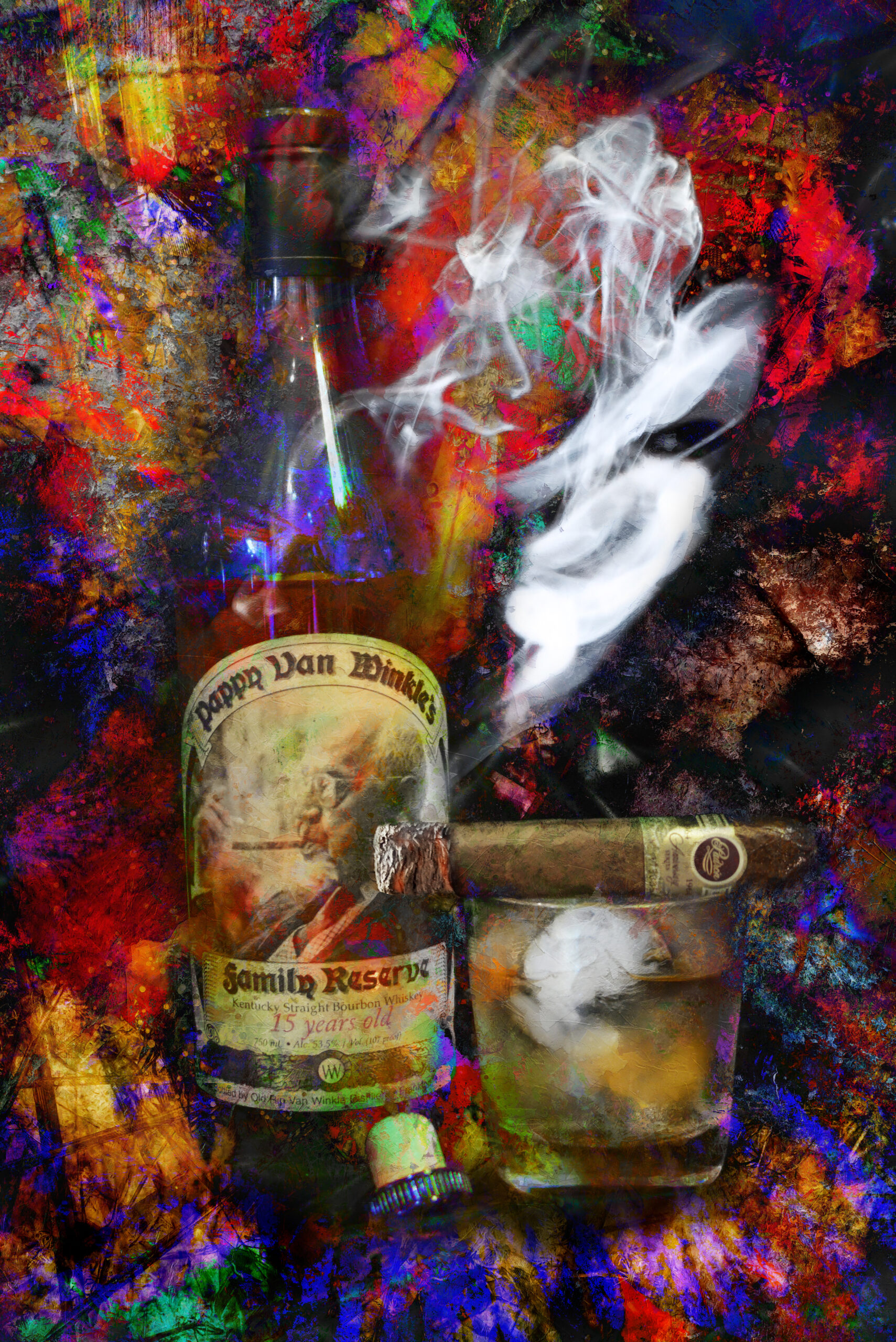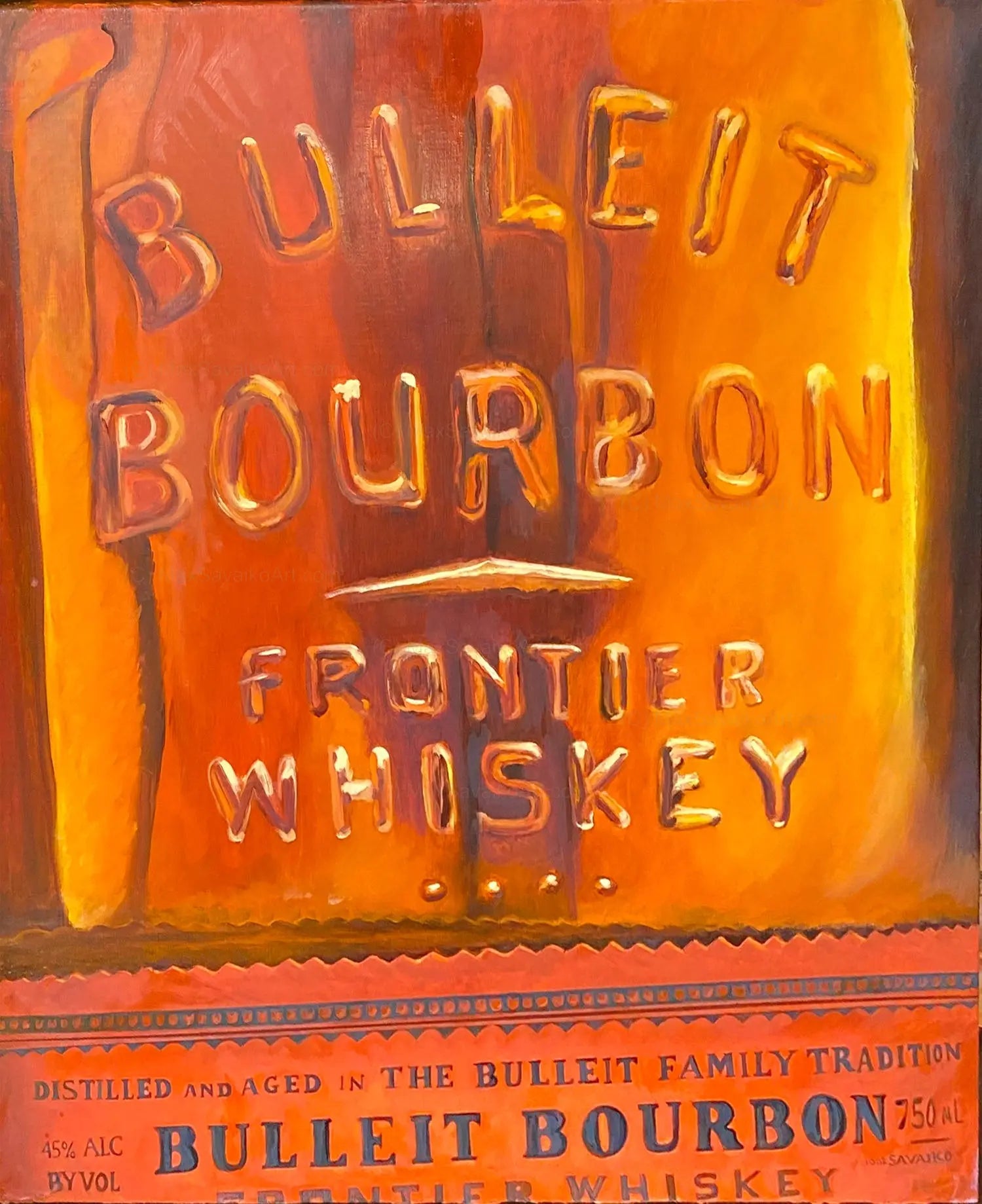Revealing the Appeal of Bourbon Art: A Homage to Craft Distillers
Revealing the Appeal of Bourbon Art: A Homage to Craft Distillers
Blog Article
The Value of Whiskey Art in Celebrating Heritage and Craftsmanship in the Beverage Sector
The detailed connection between scotch art and the event of heritage and workmanship within the drink industry can not be overstated. With attentively developed labels and bottles, bourbon brand names envelop their historic roots and the artisanal abilities that specify their manufacturing methods.
The Historic Roots of Whiskey
At the heart of whiskey's appeal lies an abundant tapestry of historical origins that map back to old human beings. The origins of whiskey can be linked to the distillation methods of the Sumerians and Babylonians around 2000 BCE, where early forms of fermented grain drinks started to arise. Nevertheless, it was in the Middle Ages that the art of distillation evolved substantially, especially in Ireland and Scotland, bring about the production of scotch as we know it today.
The term "whiskey" itself originates from the Gaelic word "uisce beatha," suggesting "water of life." This expression emphasizes the social importance of bourbon in Celtic cultures, where it was frequently connected with rituals, parties, and public bonding. By the 15th century, distillation ended up being a recognized craft within monastic neighborhoods, leading the means for the establishment of legal distilleries.
As profession courses expanded, bourbon's appeal grew, transcending local limits and recording the interest of lovers worldwide. Bourbon Art. This historical trip reflects not just the workmanship behind whiskey production however additionally its important duty in social and cultural contexts, marking it as a significant drink throughout background
Artistic Expression in Branding
Whiskey branding stands as an engaging crossway of artistry and business, where aesthetic identification plays an essential function in shaping customer assumption. The visual appeals of scotch labels, product packaging, and marketing materials reflect not only the brand's story but likewise its core worths and heritage. Via artistic expression, distilleries convey a narrative that reverberates with consumers, stimulating emotions and sparking links.
The usage of shade, typography, and imagery in branding offers to set apart items in a saturated market. For instance, traditional themes may stimulate a sense of authenticity and workmanship, while modern-day styles can signify advancement and forward-thinking. This critical imaginative instructions enhances brand name acknowledgment and loyalty, permitting customers to build an individual relationship with the scotch they select.
Furthermore, artistic expression in branding often offers as a celebration of local heritage. Distilleries regularly include local symbols or historical referrals into their styles, developing a local color that welcomes customers to take part in a more comprehensive social experience. Inevitably, the artistry behind whiskey branding not just boosts aesthetic allure but also enriches the overall narrative of the brand name, cultivating a deeper recognition for the workmanship and heritage embedded in each container.
Craftsmanship in Bottle Design
The creativity noticeable in whiskey branding expands past aesthetic identification to incorporate the craftsmanship included in container layout. Each container serves as a vessel not just for the spirit within, but also for the tale it outlines its origin, custom, and quality. The style process go to these guys calls for careful attention to information, as aspects such as form, closure, and product add dramatically to the general perception of the bourbon.
Craftsmanship in container style entails choosing top quality glass that can boost the scotch's shade and clearness, while also supplying a tactile experience for the customer. The silhouette of the bottle must be both practical and aesthetically enticing, usually reflecting the heritage of the brand name. Numerous distilleries select unique forms or printed logos that stimulate a feeling of authenticity and background.
Additionally, the tag style and typography play a crucial role in connecting the brand name's story. Realism Art. A well-crafted container not just mesmerizes the customer's eye but likewise strengthens the brand's commitment to top quality and practice. By doing this, the workmanship of bottle layout comes to be a vital element of the whiskey experience, combining creativity with an extensive respect for heritage
Social Relevance of Whiskey Art
Celebrating tradition and craftsmanship, the social relevance of bourbon art goes beyond mere aesthetics, linking with the historical and social stories of the regions where it comes from. Each container works as a canvas, illustrating the one-of-a-kind tales, mythology, and practices that have actually formed regional whiskey-making methods. The complex layouts usually mirror the heritage of the distillers, including icons and concepts that reverberate with the culture and values you could try this out of their communities.

In enhancement, scotch art plays an important role in communal gatherings and parties, working as a concrete link between individuals and their shared experiences. By valuing the artistry in whiskey product packaging, customers grow a much deeper understanding and respect for the craft, eventually enriching their enjoyment of the drink itself.
Modern Trends in Whiskey Presentation
Recently, the discussion of scotch has developed to mirror modern preferences and trends while still recognizing conventional craftsmanship - Realism Art. Distilleries are significantly concentrating on aesthetic components that improve the overall alcohol consumption experience, connecting the void between heritage and modernity
Innovative bottle designs have arised, commonly integrating lasting materials and imaginative labels that inform compelling stories. Several brands currently collaborate with neighborhood artists, infusing their products with distinct aesthetic expressions that resonate with customers. Additionally, limited-edition launches are often packaged in collectible containers, including worth and appeal for lovers.

Final Thought
In verdict, whiskey art serves as a crucial avenue for expressing the heritage and craftsmanship intrinsic in the drink industry. Through elaborate branding, cutting-edge container designs, and culturally significant creative aspects, bourbon brands properly recognize their practices and link with customers. This imaginative narrative not only raises the gratitude of scotch yet also strengthens neighborhood identification and satisfaction amongst producers. Eventually, scotch art plays an essential role in preserving and celebrating the rich social tapestry of whiskey-making.


Craftsmanship in container style involves choosing top quality glass that can boost the whiskey's color and quality, while also giving a tactile experience for the consumer. In this means, the craftsmanship of bottle layout becomes a crucial facet of the whiskey experience, merging virtuosity with a profound respect for heritage.
In final thought, bourbon art serves as an important avenue for expressing the heritage and craftsmanship intrinsic in the drink sector.
Report this page